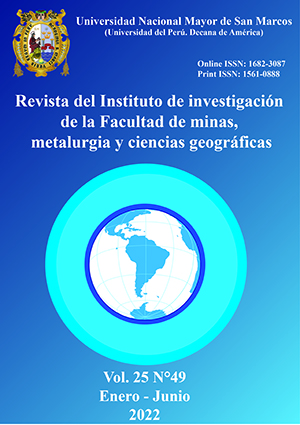Analysis of ship scrubbing operations and their socio-environmental impact in Peru
DOI:
https://doi.org/10.15381/iigeo.v25i49.23019Keywords:
shipyard, pollutant, scrapping, environmental impact, recyclingAbstract
The objective of this research was to identify the risks and impacts to the environment and public health generated by ship dismantling operations in Peru, through the shipyard and dry dock services, whose regulations are supported by the Hong Kong International Convention for the Safe and Environmentally Sound Recycling of Ships and the scrapping plans authorized by the National Maritime Authority as the supervisory and supervisory entity of these activities. In this sense, the potential danger of some chemical substances adhering to the process residues was analyzed; such as asbestos, Volatile Organic Compounds, Polychlorinated Biphenyls and lead, with bioaccumulative and biopersistent capacity to insert themselves in the trophic chain and alter their ecological niche, due to their inadequate handling and final disposal that result in risks associated with the occupational health and safety of its operators, workers and interested parties; as well as the receiving bodies converted into sinks of inorganic charge harmful.
Downloads
Published
Issue
Section
License
Copyright (c) 2022 Alfonso Ramírez Caján

This work is licensed under a Creative Commons Attribution 4.0 International License.
AUTHORS RETAIN THEIR RIGHTS:
a. Authors retain their trade mark rights and patent, and also on any process or procedure described in the article.
b. Authors retain their right to share, copy, distribute, perform and publicly communicate their article (eg, to place their article in an institutional repository or publish it in a book), with an acknowledgment of its initial publication in the Rev. Inst. investig. Fac. minas metal cienc. geogr.
c. Authors retain theirs right to make a subsequent publication of their work, to use the article or any part thereof (eg a compilation of his papers, lecture notes, thesis, or a book), always indicating the source of publication (the originator of the work, journal, volume, number and date).






